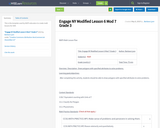
This is the template used by MAPS educators to create math lessons for OER.

This is the template used by MAPS educators to create math lessons for OER.
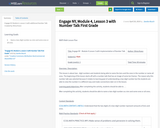
Engage NY Module 4, Lesson 3 with additional Number Talk
Created by Olivia Kranz
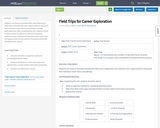
Students use research and observation data (field trip) to objectively rank potential career opportunities to help guide their individual career choice and pathway.
Learning goals/objectives:
After completing this unit, students should be able to utilize an objective method for evaluating potential careers. Students will determine what career types and opportunities are best suited to themselves personally and defend their choices.
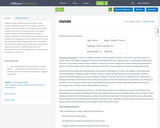
Students further develop close reading skills as they
examine Shakespeare’s Hamlet. The
tragedy of Hamlet develops many
central ideas, including revenge, mortality, madness, and the tension between
action and inaction. Students analyze the play through the close study of
Hamlet’s soliloquies and other key scenes to determine how Shakespeare’s
language and choices about how to structure the play impact character
development and central ideas. The showing of a filmed version of the play in
select lessons supplements students’ understanding of plot and background
points and encourages them to consider actors’ interpretations of the text.
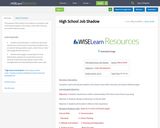
The purpose of this activity is for students to complete a half or full day job shadow in the chosen career field, interview, and submit reflection paper.
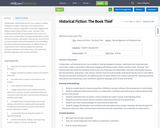
Collaborative, self-directed learners use a variety of reading strategies to analyze, understand, and create personal enrichment, inquiry, and problem solve when engaging with Markus Zusak's historical fiction novel, The Book Thief. Students will learn about the backdrop of the novel in the Holocaust era of World War II through multi-faceted activities like documentaries, web quests, news articles, and first-hand accounts to better understand how the set of a novel affects the plot and character development. An additional layer of inquiry derives from a literary perspective: exploring character motivations and relationships, color symbolism, figurative language, point-of-view, and theme.
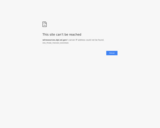
Collaborative, self-directed learners use a variety of reading strategies to analyze, understand, and create personal enrichment, inquiry, and problem solve when engaging with Markus Zusak's historical fiction novel, The Book Thief. Students will learn about the backdrop of the novel in the Holocaust era of World War II through multi-faceted activities like documentaries, web quests, news articles, and first-hand accounts to better understand how the set of a novel affects the plot and character development. An additional layer of inquiry derives from a literary perspective: exploring character motivations and relationships, color symbolism, figurative language, point-of-view, and theme.
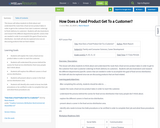
This lesson will allow students to think about and understand the route that a food service product takes in order to get to the customer from start (customer ordering) to finish (delivery to customer). Students will also brainstorm and research the different departments/specific careers that are needed in order to accomplish this goal of food service distribution. ServSafe will also be explored since we are discussing products that are food related.
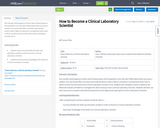
Ever wonder what happens to those vials of blood drawn at the hospital for your lab work? What about when you have a swollen, red, raw throat? Who runs those tests that the doctor orders? What is involved in running those tests? Here is where we dive into the world of the Clinical Laboratory Scientist (CLS).

Ever wonder what happens to those vials of blood drawn at the hospital for your lab work? What about when you have a swollen, red, raw throat? Who runs those tests that the doctor orders? What is involved in running those tests? Here is where we dive into the world of the Clinical Laboratory Scientist (CLS).
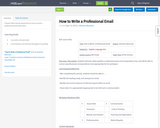
A lesson with a formal assessment on how to write a professional email with rubric
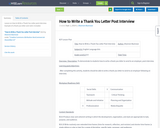
Lesson on How to Write a Thank You Letter post-interview. Example of a thank you letter and rubric included.
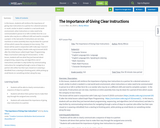
In this lesson, students will reinforce the importance of giving clear instructions to a partner for a desired outcome or result, similar to what is needed in a real world work environment, when instructions or notes need to be communicated in person to or left in written form for a co-worker who may be on a different shift and need to complete a project. In the real world, if instructions are not clear, machines or entire assembly lines may be down for a period of time which causes the company to lose money.
This lesson will be used in conjunction with Code.org's Course D (2019) curriculum (https://studio.code.org/s/coursed-2019) after the initial lesson called Graph Paper Programming - https://curriculum.code.org/csf-19/coursed/1/. In this lesson, students will use what they just learned about programming, sequencing, and algorithms (set of instructions) and take it a step further by communicating instructions for navigating through a series of steps to a partner who either has their eyes closed (or is wearing a blindfold) from a starting to finishing point, while picking up small blocks (or something similar) along the way.
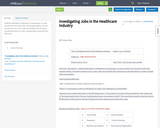
Students will begin to collaborate in small groups, to come up with a list of careers within the hospital setting. Lists will be shared out as a class, with each student then choosing one job with which to create a Google slides presentation for their class
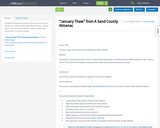
Through this interactive, hands-on lesson, students will read and gain an understanding of Aldo Leopold’s essay, “January Thaw”. This lesson is best taught in January and/or when animal tracks are present outside.
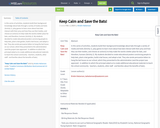
In this series of activities, students build their background knowledge about bats through a variety of media and texts (Activity 1), play games to learn more about how bats interact with their prey and how they use their bodies, and choose an action(s) to help make the world a better place for bats, and therefore, humans (Activity 2). My students decided to create educational posters convincing people to help bats, plant a bat garden, build a bat house, and adopt-a-bat. They also wrote persuasive letters to hang the bat house on our school, which they presented to the administration (and the project was approved - in addition to which the principal asked us to create additional educational materials to teach the school community - teachers, students, other staff - and families about the benefits of bats).
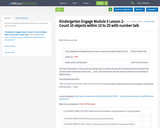
This is the template used by MAPS educators to create math lessons for OER.
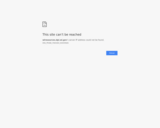
This google slide show organizes "Would You Rather?" questions in a sequence by weeks. Teachers can use these with students to promote number sense and precise mathematical vocabulary. Students will construct viable arguments and discuss their choices mathematically.
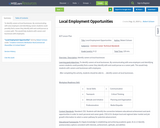
To identify careers at local businesses. By communicating with area employers and identifying careers students could possibly find a career they identify with and could pursue as a career path. This would help students with careers and businesses with employees.